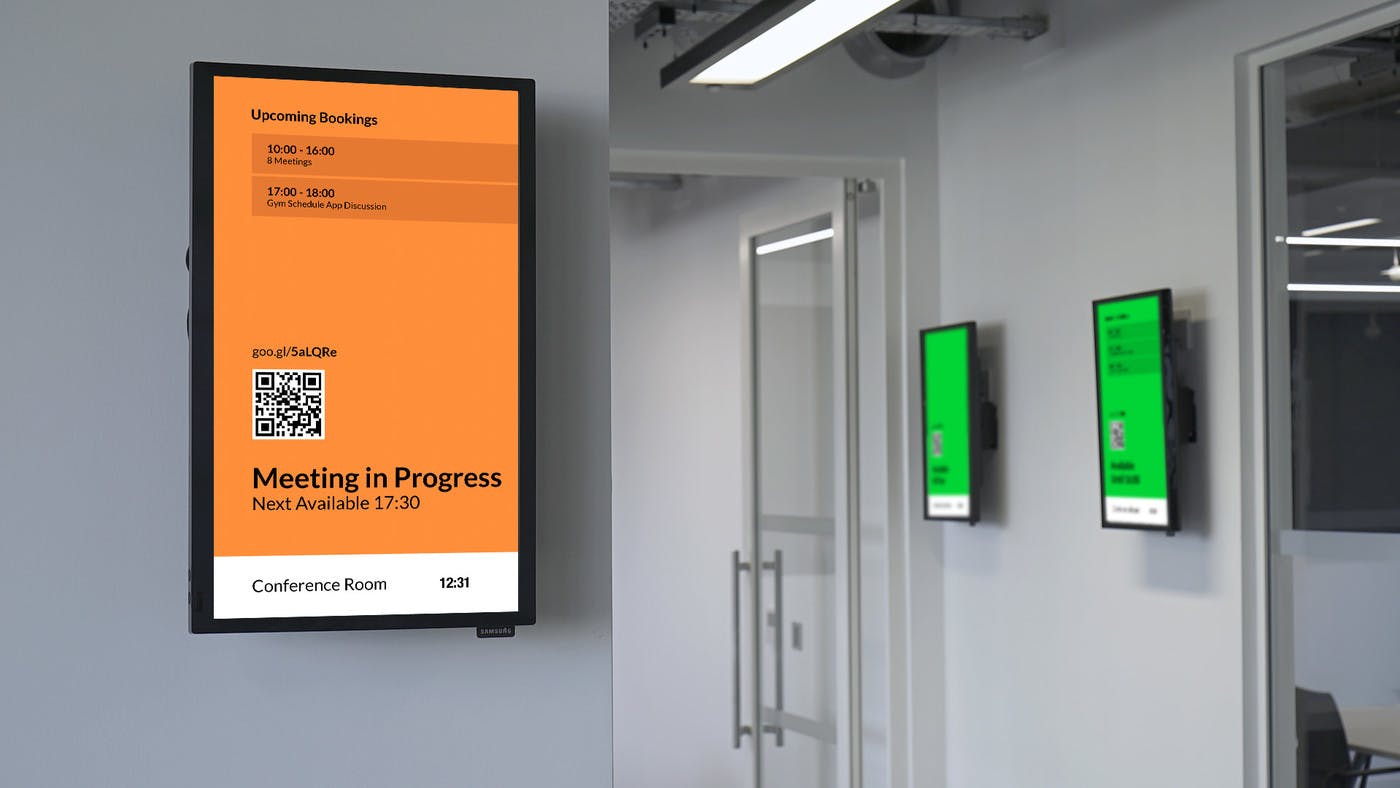The Ultimate Guide to Digital Signage: Basics, Benefits, and Best Practices
In today’s digital-first world, digital signage is no longer just a trend—it’s a transformative communication tool across industries. Whether you're in retail, hospitality, healthcare, education, or corporate environments, leveraging digital signage solutions can dramatically enhance audience engagement, branding, and business outcomes. This comprehensive guide covers everything from digital signage fundamentals to its many advantages and actionable best practices.
What is Digital Signage?
Digital signage refers to electronic displays used to convey dynamic content such as videos, images, text, and interactive elements. These screens are commonly found in public spaces, transportation systems, museums, stadiums, retail stores, restaurants, and corporate buildings.
At its core, digital signage combines hardware (such as LED or LCD screens) and software (content management systems or CMS) to deliver targeted content efficiently and in real time.

Types of Digital Signage Displays
Digital signage comes in various formats depending on the use case and industry:
1. Indoor Digital Signage
Ideal for malls, office lobbies, airports, and hospitals. These displays are used for branding, announcements, and wayfinding.
2. Outdoor Digital Signage
Designed for rugged environments, these are weatherproof and sunlight-readable. Commonly seen in bus stops, billboards, and stadiums.
3. Interactive Digital Signage
Touch-enabled screens for user interaction—used in kiosks, information terminals, and retail environments for product selection and customer feedback.
4. Video Walls
Multiple screens combined to form a large display surface. Perfect for control rooms, large retail stores, or entertainment venues.
5. Digital Menu Boards
Common in restaurants and QSRs (Quick Service Restaurants), they dynamically update pricing, menus, and promotional content.
Key Components of a Digital Signage System
To deploy an effective digital signage network, you need to understand its building blocks:
Display Hardware – LED, OLED, or LCD screens, projectors, and touchscreens.
Media Player – A device that feeds content to the display. Can be standalone or built into the screen.
Content Management System (CMS) – Software that lets you schedule, update, and manage content remotely.
Internet Connection – For real-time content updates, remote access, and monitoring.
Mounting Systems – Wall mounts, kiosks, floor stands, or ceiling brackets.
Top Benefits of Digital Signage
1. Enhanced Customer Engagement
Dynamic and visually compelling content captures more attention than static signs. This increases dwell time and encourages customer interaction.
2. Real-Time Updates
Modify or schedule new content across multiple screens instantly without the need for manual labor or printed materials.
3. Cost-Effective Marketing
Once the initial system is set up, businesses save on printing costs, labor, and logistics. Over time, the ROI of digital signage outpaces traditional advertising.
4. Improved Internal Communication
In corporate or manufacturing settings, digital signage helps streamline internal announcements, KPIs, safety updates, and alerts.
5. Increased Sales and Upselling
Strategically placed displays can influence purchasing decisions by promoting special deals, new arrivals, or complementary products.
Industries that Benefit Most from Digital Signage
Retail
Drive foot traffic, showcase promotions, and create immersive in-store experiences.
Hospitality
Enhance guest experiences with wayfinding, digital check-in systems, and event promotions.
Healthcare
Streamline patient check-ins, display queue numbers, and provide health tips in waiting areas.
Education
Broadcast announcements, emergency alerts, and event schedules campus-wide.
Corporate Offices
Foster transparent communication, display dashboards, recognize employees, and promote company culture.
Transportation
Deliver real-time updates on arrivals, departures, and safety instructions in airports and stations.
Best Practices for Digital Signage Success
1. Define Your Goals
Are you aiming to boost sales, inform visitors, or streamline operations? Identifying goals helps you tailor your content and screen placement.
2. Know Your Audience
Craft content based on viewer demographics, behavior patterns, and expected dwell time. This ensures messaging relevance and impact.
3. Design Visually Compelling Content
Use high-resolution visuals, legible fonts, and consistent branding. Avoid clutter. Stick to short, impactful messages.
4. Maintain Content Freshness
Outdated content leads to disengagement. Keep content timely, relevant, and updated based on seasonality or campaigns.
5. Choose the Right Display Location
Install screens at eye level and high-traffic areas. Consider lighting, viewing angles, and environmental conditions.
6. Monitor and Optimize
Use analytics tools to track viewer engagement, content performance, and screen uptime. Regular optimization boosts long-term ROI.
Trends Shaping the Future of Digital Signage
1. AI-Powered Personalization
Artificial intelligence enables screens to adjust content in real time based on audience recognition or sensor data.
2. Cloud-Based Content Management
Centralized control and scheduling via cloud platforms make managing multi-location signage seamless.
3. Touchless Interactivity
Post-pandemic, QR codes, mobile apps, and gesture-based controls have replaced touchscreens in many settings.
4. Integration with IoT
Sensors and IoT devices now trigger screen content based on real-world conditions like temperature, foot traffic, or inventory levels.
5. Green Signage Solutions
Eco-friendly LED displays, solar-powered systems, and auto-dimming screens reduce energy consumption.
How to Choose the Right Digital Signage Solution
1. Scalability
Ensure the system supports future expansion without needing a complete overhaul.
2. User-Friendly CMS
Opt for an intuitive content management interface with scheduling, templates, and remote access.
3. Content Flexibility
Choose solutions that support multiple file formats—video, HTML5, static images, and live feeds.
4. Security
Ensure your signage network is protected from unauthorized access and cybersecurity threats.
5. Vendor Support
Work with a provider offering technical support, training, and content creation assistance.
Common Mistakes to Avoid in Digital Signage
Overloading content – Too much information reduces clarity and impact.
Ignoring screen maintenance – Dust, screen burn-in, or outdated hardware impacts the user experience.
Not testing content – Always preview and test across different screens before deployment.
Inconsistent branding – Visual inconsistency confuses viewers and dilutes your message.
Failing to measure ROI – Use data and feedback to determine what’s working and make necessary adjustments.
Conclusion
Digital signage is a powerful communication medium that blends visual appeal with functionality. When executed strategically, it becomes a core asset in driving customer engagement, operational efficiency, and brand visibility. From selecting the right hardware and software to crafting effective content and monitoring performance, every detail counts in creating a successful signage network.